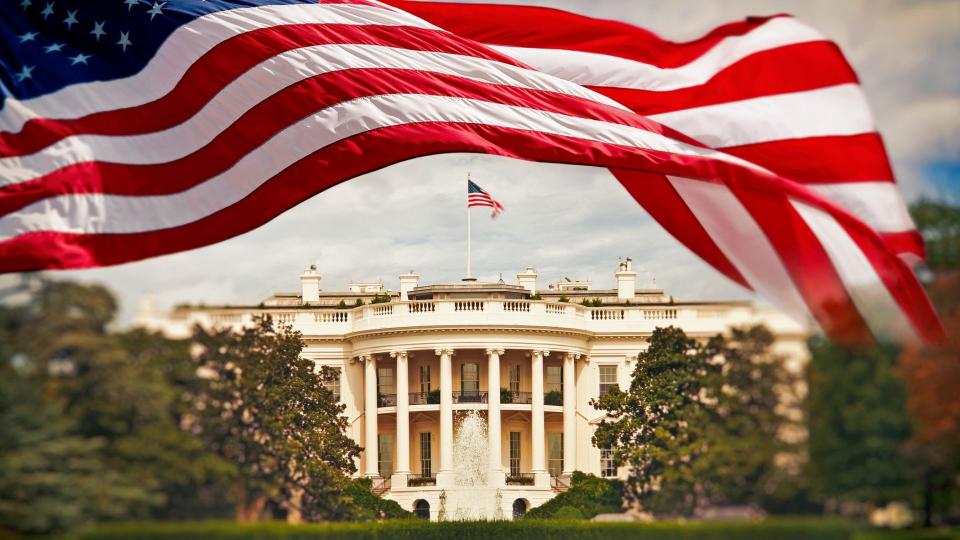Trump or Biden: What Prices Presidents Influence and How That Affects You

One of the main focuses of the 2024 presidential election is on how President Joe Biden has handled inflation during his time in the White House. Biden supporters point to a steady easing of inflation from a high of 9.1% in July 2022 to its current level of about 3.2%. But critics — including ex-President Donald Trump — say prices for many items are still unaffordable for millions of Americans.
For You: How Much Is President Joe Biden Worth As He Seeks Reelection?
Read Next: 5 Unusual Ways To Make Extra Money (That Actually Work)
In an appearance on CNBC’s “Squawk Box” last month, Trump said people are “going through hell” due to rising prices and added that energy and food costs are “through the roof.” As CNBC reported, Trump then said cumulative inflation is up “over 50%” in the past few years.
It turns out that the last statement was way off the mark. Cumulative inflation is up 18% since Biden took office in 2021, CNBC noted. While that’s much less than 50%, it’s still a steep figure. And recent trends have not been positive.
In a note shared with GOBankingRates following the February Consumer Price Index report, Mace McCain, chief investment officer at Frost Investment Advisors, wrote that recent progress in the effort to tame inflation “has stalled above the [Federal Reserve’s] target with headline CPI leveling off above 3% year-over-year, while core CPI held stubbornly at 3.8% year over year.”
Biden has largely depended on Federal Reserve interest rate hikes to tame inflation. That policy has been effective in bringing inflation down, but has not brought it down enough to satisfy Americans who are still angry about high prices.
As The New Yorker reported last year, inflation is “consistently found by polling to be one of the most despised forces in American society.” That’s the case even when inflation is not high.
But what can presidents really do to directly influence prices? Not much, according to some experts.
“The President has very few levers. And, in this particular case, the administration has not been an important driver of inflation,” Betsey Stevenson, public policy and economics professor at the University of Michigan, told The New Yorker.
Trending Now: How Rich Is Former President Donald Trump?
Biden could have eased gasoline prices by opening up more land for oil and gas drilling, some critics say. But in terms of food prices, the biggest problems — such as supply chain and production issues that first took hold during the COVID-19 pandemic — are largely out of the president’s hands.
And while Trump is quick to criticize Biden for the way he has handled inflation, others fear that another Trump administration would only compound the problem. They point to his promises to impose tariffs on foreign-made goods as a way of propping up American manufacturers.
According to a 2019 analysis by the American Action Forum (AAF), while Trump was in office, he imposed new tariffs on more than $300 billion of annual U.S. imports, with the stated goals of “protecting domestic industry, reducing the U.S. trade deficit, and creating leverage over foreign countries.” The AAF noted that this strategy “resulted in the highest U.S. tariffs since the Smoot-Hawley Act of 1930.”
The downside of tariffs is that they lead to higher prices on consumer goods that are much cheaper to source from overseas. A Trump proposal to impose a 25% tariff on all consumer goods from China would have raised the prices of these goods by $38.2 billion a year, according to the AAF.
More From GOBankingRates
Barbara Corcoran: 3 Cities To Invest in Real Estate Now Before Prices Skyrocket
This is The Single Most Overlooked Tool for Becoming Debt-Free
This article originally appeared on GOBankingRates.com: Trump or Biden: What Prices Presidents Influence and How That Affects You

 Yahoo Finance
Yahoo Finance 